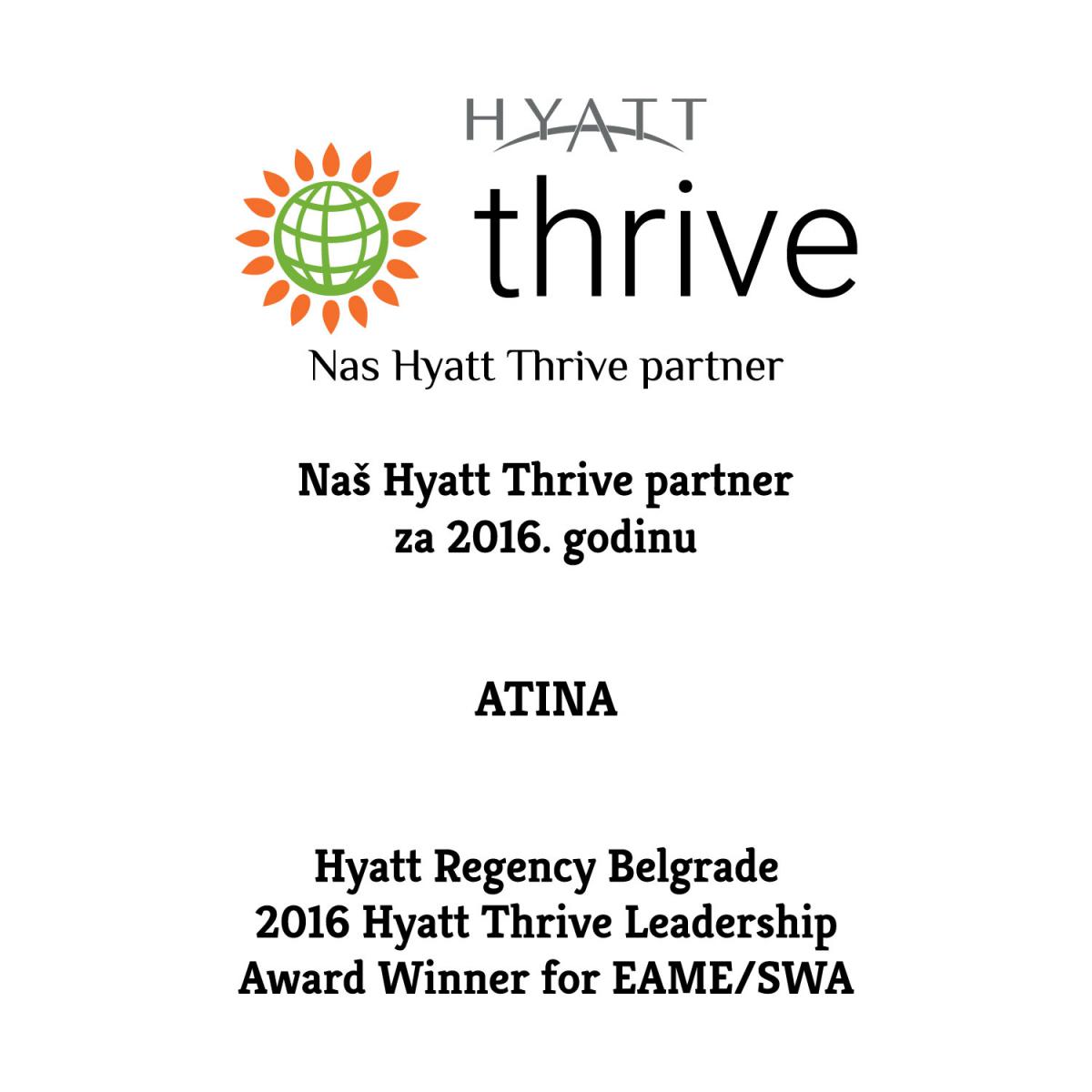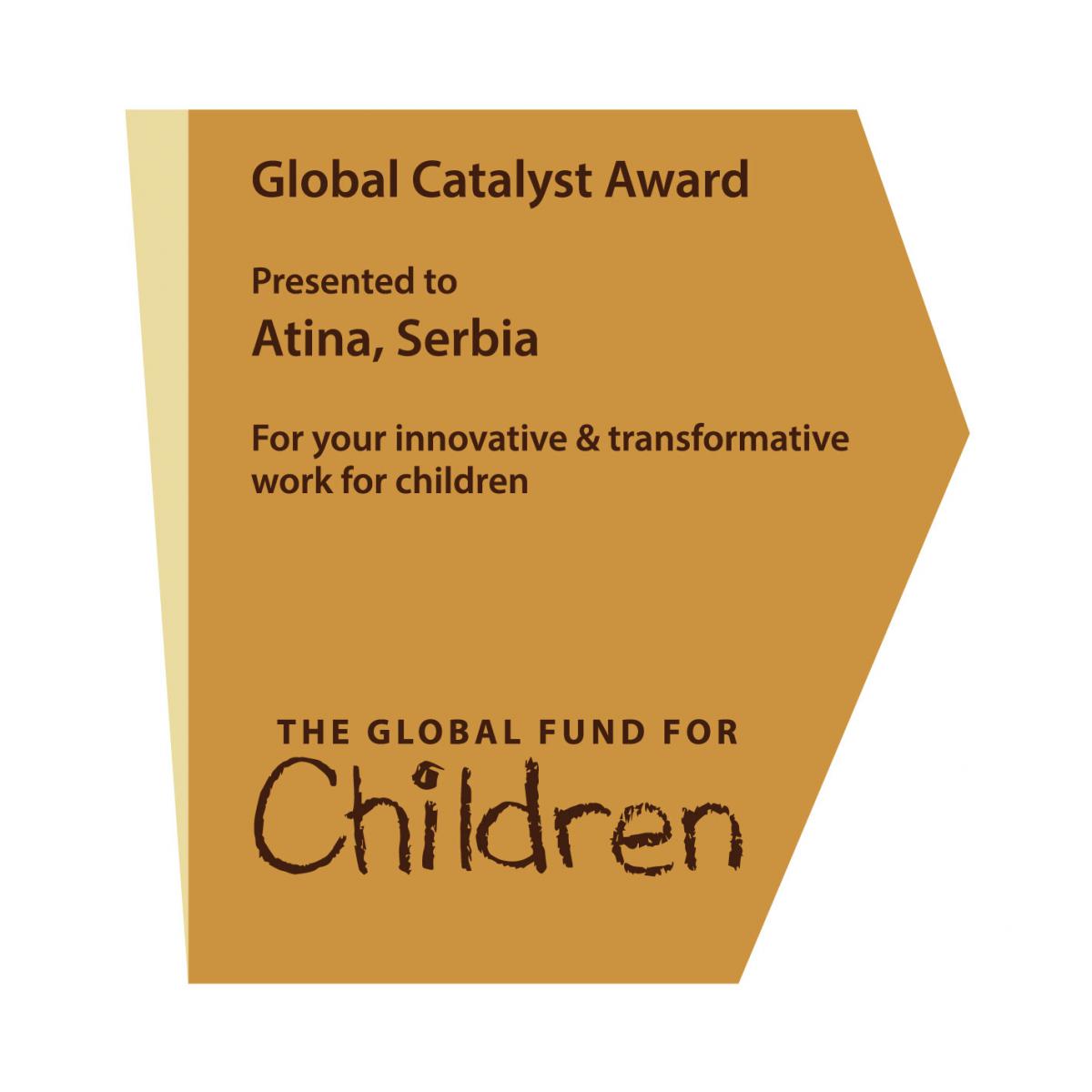Hotline: +381 61 63 84 071
Child trafficking in the Republic of Serbia – ahead of July 30, World Day Against Trafficking in Persons

Child trafficking in the Republic of Serbia – ahead of July 30, World Day Against Trafficking in Persons
Photo: Marija Piroshki
Human trafficking is one of the most severe and complex forms of violence, which has devastating consequences for the emotional and social development of children. The latest UNODC Global Trafficking in Persons Report 2018 states that in 82% of cases women victims are trafficked for the purpose of sexual exploitation, girls in 72%, while this was the case with 10% of men and 27% of boys victims of trafficking[1]. According to the latest available data for Serbia from 2019, 64% of victims of human trafficking were persons under the age of 18[2] while in previous years the situation was similar - about 90% of them were girls [3].
In addition to human trafficking, according to the available UNICEF data, at least 120 million girls between the ages of 10 and 18 have been forced into sexual intercourse and exposed to inappropriate sexual content. In almost 90% of cases, the perpetrators were known to them[4]. Also, the latest trends show that children face many risks in the digital environment, and may experience human rights violations and “potentially harmful content (such as violence and self-harm, coercion to pornography, materials containing child sexual abuse, discrimination and racism, hate speech) and behaviour (such as mediation for the purpose of sexual exploitation, or "grooming", harassment, illegal processing of personal data, infringement of intellectual property rights)[5], which should be considered as exploitation of children.
When it comes to sexual abuse, it is crucial to consider the gender dimension, which is evident not only in prevalence but also in the context in which sexual violence is perpetrated. The gender aspect is part of the relationship between the abuser and the abused child, which includes gender roles of girls and boys and those who sexually abuse, exploit and traffic them. The gender aspect is important both in the psychological, emotional and social responses and the mechanisms that child victims use to cope with the stress as well as in the relationship of the child victim to adults during the institutional response of the system to child sexual abuse. "A precise transversal has been established - until the state and society speak openly about sexual violence, it is not possible to talk about achieving gender equality[6]”.
The Republic of Serbia has ratified several international instruments that regulate the field of protection of children, especially children victims of violence and exploitation, and determine the forms of support that should be provided to these children. In this regard, in addition to the 1989 UN Convention on the Rights of the Child, it is important to mention several Council of Europe (CoE) instruments related to this area: the CoE Convention on the Protection of Children against Sexual Exploitation and Sexual Abuse (Lanzarote Convention)[7]), the CoE Convention on Preventing and Combating Violence against Women and Domestic Violence (the so-called Istanbul Convention[8]), the CoE Convention on Action against Trafficking in Human Beings[9], as well as the European Convention on Human Rights and basic freedoms[10]. These documents set out the basic rights of victims of violence and exploitation to be protected, as well as the minimum services to be provided for their recovery. They provide the basis for legislative and other actions (such as those related to raising public awareness) that States Parties are required to take in these areas. In addition to these normative acts that guarantee the protection of victims of violence and exploitation, and especially the protection of minors, and define the obligations of the state in this area, numerous reports sent to the Republic of Serbia by expert bodies, established to ensure the application of international legal instruments, also call for, and emphasise, these obligations. Recommendations can be seen, for example, in the Concluding Observations of the Lanzarote Committee or the Concluding Observations of the UN Committee on the Rights of the Child, which are periodically sent to Serbia, in accordance with which the state harmonises its internal legislation and the actions of its institutions.
In its second report for Serbia, published in 2017, the Council of Europe's expert group on combating trafficking in human beings (GRETA) assessed Serbia's progress since the first report created in 2014, on the implementation of the Council of Europe Convention on Action against Trafficking in Human Beings. As one of the recommendations, GRETA stated that Serbian authorities should continue their efforts to: raise awareness of the risks of trafficking among children, parents, teachers and child protection professionals, paying special attention to Roma communities and children in street situation; as well as to promote security on the Internet to prevent trafficking in human beings through internet abuse (paragraph 74);[11] that national institutions should step up their efforts in reducing children's vulnerability to trafficking and improve the identification and assistance of child victims by raising awareness of child trafficking and its various forms (including forced begging, forced marriage and, forced criminality) and strengthening the capacity and resources of child protection professionals. Furthermore, GRETA believes that national authorities should continue to conduct informative as well as awareness-raising campaigns on the risks of child trafficking.
Also, the National Strategy for Prevention and Suppression of Trafficking in Human Beings, Especially Women and Children, and Protection of Victims 2017-2022 and the accompanying Action Plan, in their goal 5 stated that children are protected from trafficking and its consequences by special participatory programs implemented in their best interest, in the part related to the promotion of the prevention of child trafficking and exploitation in prostitution and pornography. Activity 1 of this goal states that it is necessary to deal with the prevention of child trafficking and exploitation in prostitution and pornography, with special reference to tasks 2 and 6 related to the creation and implementation of participatory programs for children, especially children from vulnerable social groups at particular risk, as well as to strengthen the competencies of professionals working with child victims of trafficking and exploitation in pornography and prostitution, in educational institutions, social and health care system, police, judicial and civil sector, to implement programs for prevention, reintegration and protection of child victims of trafficking and exploitation in prostitution and pornography. In addition, on May 21, 2020, the Government of the Republic of Serbia adopted the Strategy for Prevention and Protection of Children from Violence for the period 2020-2023, with the accompanying Action Plan for 2020 and 2021. The strategy defines different forms of violence and, unlike the previous one, recognises a larger number of environments in which violence occurs. In that sense, it also indicates that corporal punishment of a child for the purpose of correcting or controlling their behaviour is a form of child abuse and that society must have zero tolerance for it. The importance of particular protection for children from vulnerable groups, who are often exposed to multiple forms of violence, is also emphasised; particularly vulnerable groups of children, among others, are children in the street situation, children refugees and migrants, LGBTI children, Roma children. However, the Government has not yet established a Working Group to implement and monitor the Strategy, nor have civil society organizations been appointed to participate in monitoring and reporting on the implementation of this Strategy. It is also worrying that the implementation of the Strategy has not yet begun, given the fact that the prevention and suppression of violence against children, as well as the protection of children from violence, should be a priority in order to improve the position of children's rights in the Republic of Serbia.
For that reason, organisations Atina and the Child Rights Centre have identified real needs in everyday work with children from vulnerable categories. Also, both organisations in their work rely on GRETA recommendations related to strengthening the effects of preventive activities in the country, as well as in the existing national documents dealing with the protection of child victims. The planned activities of both organisations within the project "Awareness Raising Campaign on Trafficking in Children in the Republic of Serbia”, which is implemented with the financial support of the European Union and the Council of Europe, focus on contributing to raising awareness of the risks of child trafficking, including in the digital environment, and the most common methods traffickers use to lure children into a trafficking situation. This action will be aimed at primary and secondary school children, children from vulnerable communities - Roma children, children in the street situation, and children in vulnerable situations.

The article was created within the project “Awareness Raising Campaign on Trafficking in Children in the Republic of Serbia”, which is implemented with the financial support of the European Union and the Council of Europe, within the joint program of the European Union and the Council of Europe “Horizontal Facility for the Western Balkans and Turkey 2019- 2022”. The views expressed in the video can in no way be taken to reflect the official opinion of the European Union and the Council of Europe.
[1] Global report on trafficking in persons 2018, UNODC, available at: https://www.unodc.org/documents/data-and-analysis/glotip/2018/GLOTiP_2018_BOOK_web_small.pdf accessed on 12/01/2021.
[5] Council of Europe “Handbook for policy makers on the rights of the child in digital environment”, page 52, https://rm.coe.int/publication-it-handbook-for-policy-makers-final-eng/1680a069f8
[6] First National Study on Social Issue of the Child Sexual Abuse in the Republic of Serbia, Bogavac, Popadić, Otašević and Cucić, Incest Trauma Centre Belgrade, 2015
[7] Law on Ratification of the Council of Europe Convention for the Protection of Children against Sexual Exploitation and Sexual Abuse, "Official Gazette of RS - International Agreements", No. 1/2010
[8] Law on Ratification of the Council of Europe Convention on Preventing and Combating Violence against Women and Domestic Violence, "Official Gazette of RS - International Agreements", No. 12/2013
[9] Law on Ratification of the Council of Europe Convention on Action against Trafficking in Human Beings, "Official Gazette of RS - International Agreements", No. 19/2009
[10] Law on Ratification of the European Convention for the Protection of Human Rights and Fundamental Freedoms, amended in accordance with Protocol No. 11, the Protocol to the Convention for the Protection of Human Rights and Fundamental Freedoms, Protocol No. 4 to the Convention for the Protection of Human Rights and Fundamental Freedoms - freedoms not included in the Convention and its First Protocol, Protocol No. 6 to the Convention for the Protection of Human Rights and Fundamental Freedoms on the Abolition of the Death Penalty, Protocol No. 7 to the Convention for the Protection of Human Rights and Fundamental Freedoms, Protocol No. 12 to the Convention for the Protection of Human Rights and Fundamental Freedoms and Protocol No. 13 to the Convention for the Protection of Human Rights and Fundamental Freedoms on the Abolition of the Death Penalty in All Circumstances, "Official Gazette of Serbia and Montenegro - International Agreements", no. 9/2003, 5/2005 and 7/2005. and "Official Gazette of RS - International Agreements", no. 12/2010 and 10/5











 FACEBOOK
FACEBOOK TWITTER
TWITTER YOUTUBE
YOUTUBE